
Americans bought 210.5 million barrels of beer in 2016, up about 2% from a half decade ago. Surely, beer is big business in the United States. The beer industry generated over $350 billion in economic output in 2016, nearly 2% of total GDP.
Like many industries, the beer industry is subject to changing demographics and evolving consumer tastes. In recent years, Americans have been turning to craft beer, imports, cocktails, and wine as their alcoholic beverage of choice.
These shifts in consumer tastes can have major implications for beer makers, and some of the industry’s largest brands are losing market share year after year. For many of the beer industry’s most iconic brands — such as Budweiser, Bud Light, and Miller High Life — the best days may be in the past.
24/7 Wall St. reviewed five-year changes in domestic shipping volume for 29 of the industry’s largest brands to identify the beers Americans no longer drink. While some brands like Stella Artois and Modelo have enjoyed great spikes in demand — more than doubling in shipment volume in the last five years — other brands have not been as lucky. Shipment volume for every beer on this list is down at least 6.5% in the last five years. Demand for some has fallen by over 25%.
Click here to see the beers Americans no longer drink.
Click here to see our detailed findings and methodology.
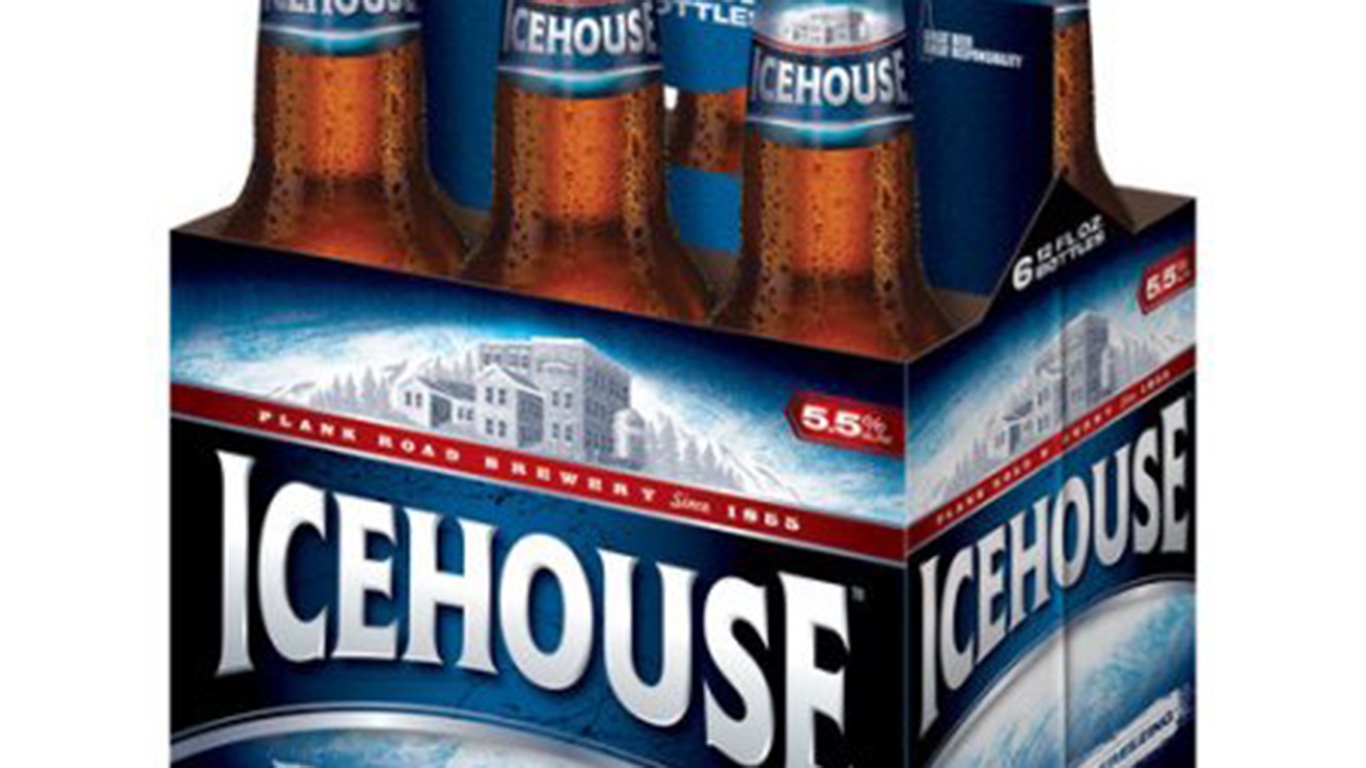
10. Icehouse
> Sales change (2011-2016): -6.6%
> Barrels shipped in 2016: 1.4 million
> Owner: Molson Coors Brewing Company
Molson Coors Brewing Company is the second largest brewer in the United States, accounting for one-quarter of all domestic beer shipments in 2016. Icehouse, a higher than typical alcohol content beer made by the company, is one of several core Molson Coors brands experiencing near nation-leading sales declines. Molson Coors shipped 1.4 million barrels of Icehouse in 2016, down 6.6% from 1.5 million barrels shipped in 2011. Due in part to waning demand, Icehouse is now one of the company’s least popular brands.
Introduced to American beer drinkers in 1993, ice beers — unlike more traditional brews — are chilled at freezing temperatures during the brewing process, a method purported to give the brew a smoother taste. Icehouse is one of two ice-brewed beers to report some of the steepest five-year sales declines in the industry.
[in-text-ad]
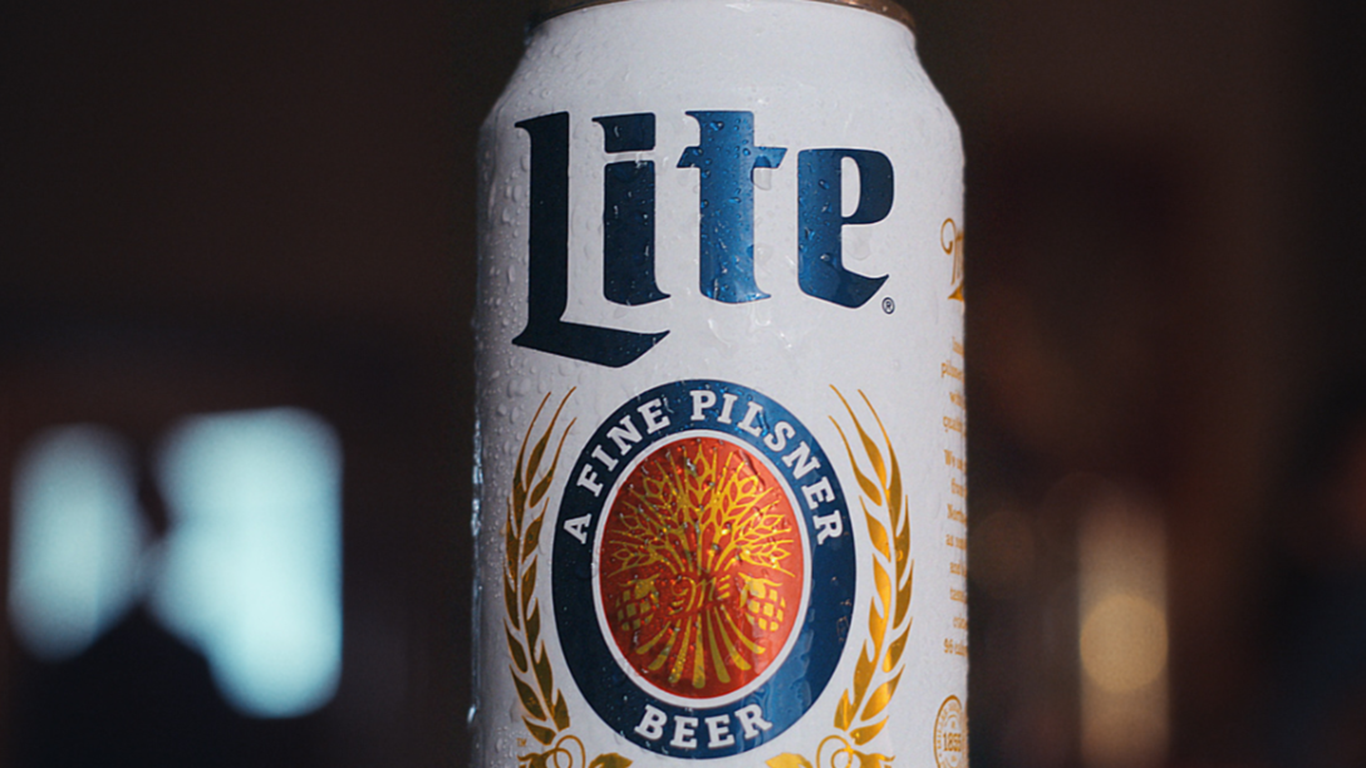
9. Miller Lite
> Sales change (2011-2016): -12.6%
> Barrels shipped in 2016: 13.2 million
> Owner: Molson Coors Brewing Company
Available nationwide in 1975, Miller Lite popularized light beer in the United States. Appealing to a specific segment of beer drinkers, light beer has fewer calories and a slightly lower ABV than traditional brews.
Miller Lite is the fourth most popular beer brand in the United States, trailing only Bud Light, Coors Light, and Budweiser. However, like each of the other most popular beer brands, Americans have been ditching Miller Lite in recent years. Domestic shipments of the light beer fell 12.6% from 15.1 million barrels in 2011 to 13.2 million in 2016. As beers like Miller Lite fade in popularity, sales of some imported and craft beers are climbing steadily.

8. Bud Light
> Sales change (2011-2016): -13.4%
> Barrels shipped in 2016: 33.8 million
> Owner: Anheuser-Busch InBev SA/NV
Bud Light is far and away the most popular beer brand in the United States. Anheuser-Busch InBev — the largest brewer in the country — shipped 33.8 million barrels of Bud Light in 2016, two times more than Coors Light, the second most popular beer brand. The beers’ popularity is bolstered by the company’s aggressive advertising strategy. One of 20 biggest advertisers in the U.S., Anheuser-Busch spent $1.9 billion on marketing in 2016 alone. Much of that spending went towards Bud Light, the official beer sponsor of the NFL, for at least the next half decade.
Despite a hefty advertising budget, Bud Light appears to be losing favor among American beer drinkers. Anheuser-Busch shipped 5.2 million fewer barrels of Bud Light in 2016 than five years earlier, a 13.4% decline.
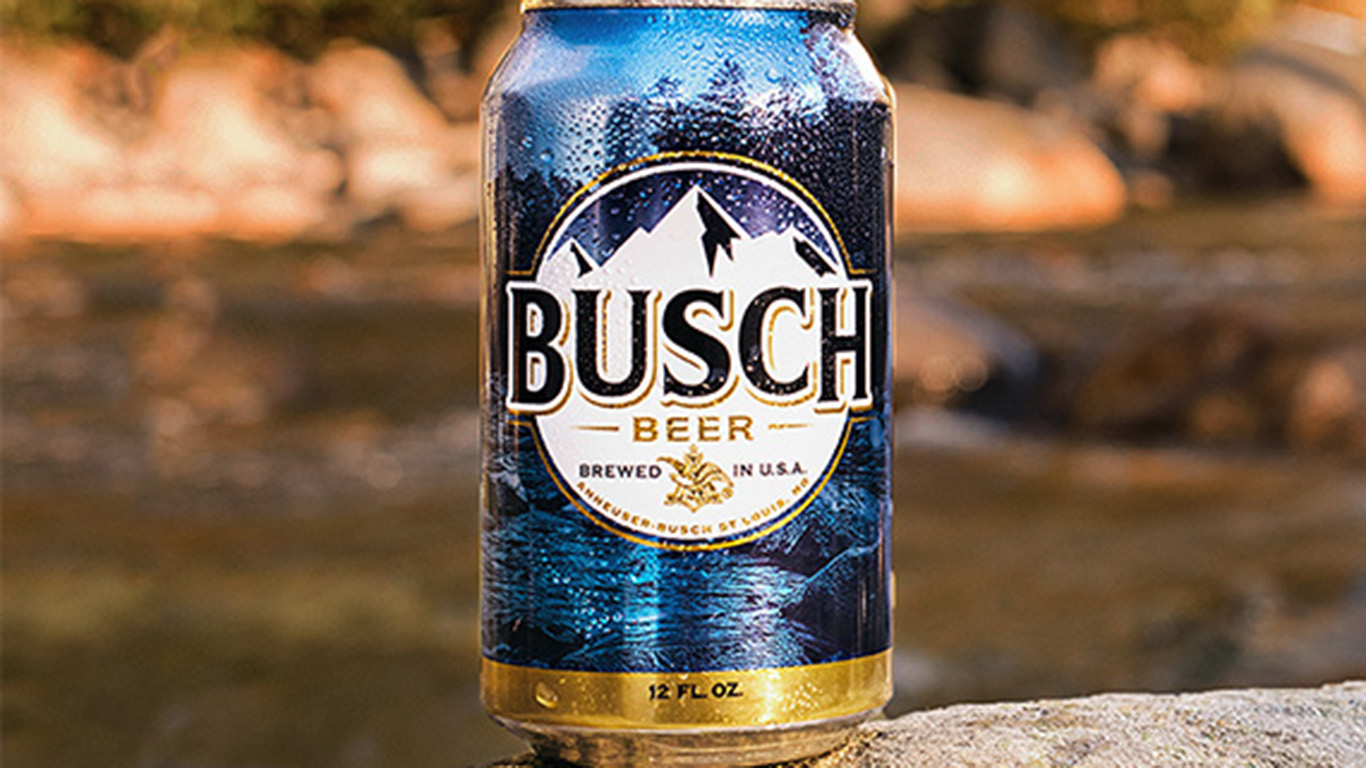
7. Busch
> Sales change (2011-2016): -19.7%
> Barrels shipped in 2016: 4.8 million
> Owner: Anheuser-Busch InBev SA/NV
Introduced by Anheuser-Busch in 1955, Busch beer is a staple in the brewing giant’s core North American brands. Busch shipments have fallen by nearly 20% in the last five years, from 6.0 million barrels in 2011 to 4.8 million barrels in 2016. The long-term decline in demand for Busch is part of a broader problem Anheuser-Busch is facing. Sales of the company’s most popular brands, including Budweiser and Bud Light, are also down considerably over the same period.
In recent months, however, Busch has actually been a glimmer of hope for Anheuser-Busch’s American market. Dragged down by lower domestic demand for Budweiser and Bud Light, the company reported a 5.6% slide in total U.S. sales in the third quarter of 2017. Meanwhile, Busch was one of the few brands to report improving third-quarter U.S. sales.
[in-text-ad-2]
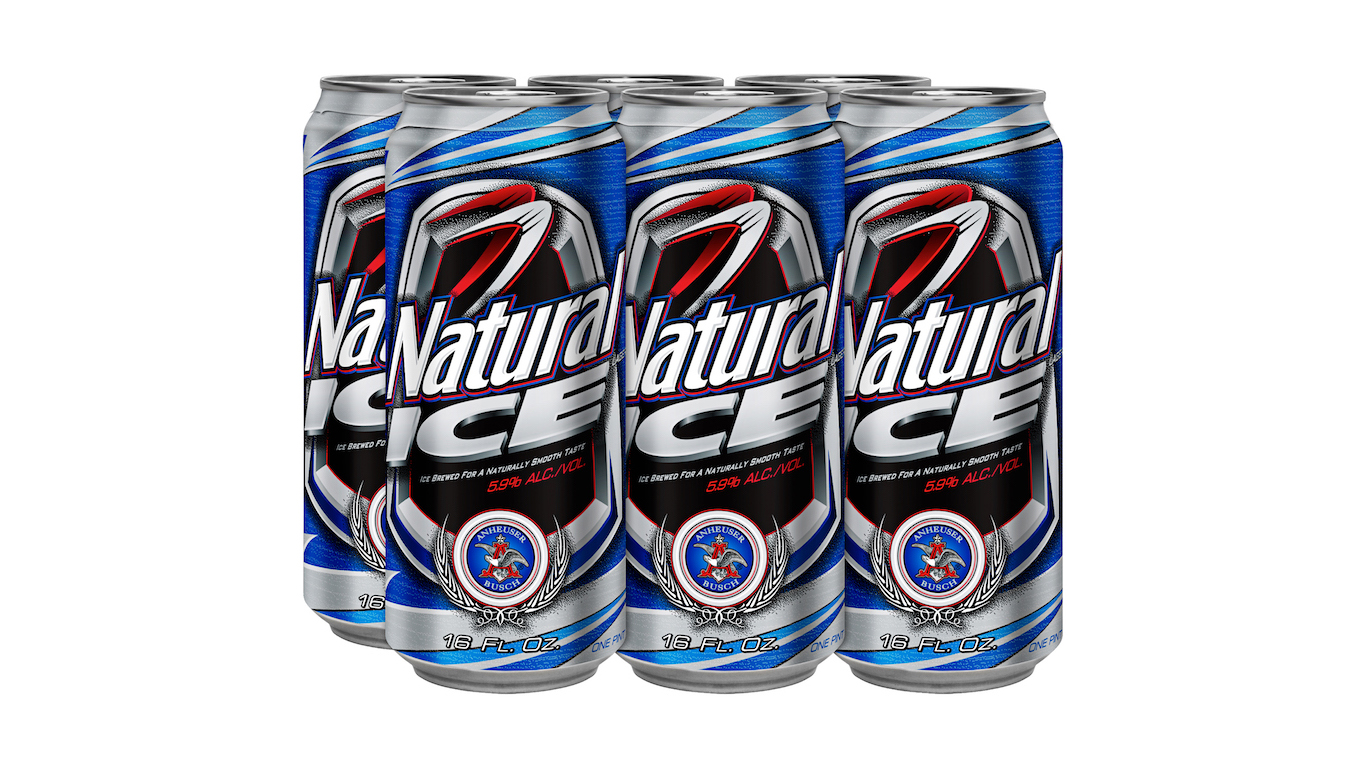
6. Natural Ice
> Sales change (2011-2016): -20.9%
> Barrels shipped in 2016: 2.7 million
> Owner: Anheuser-Busch InBev SA/NV
Natural brand beers comprise Anheuser-Busch’s sub-premium beer lineup in the United States. Sub-premium beers are relatively inexpensive and often less popular than slightly more expensive beers. Introduced in 1995, 18 years after Natural Light, Natural Ice is aged at colder temperatures than non-ice beers for a purportedly smoother flavor. It also has a higher ABV than more traditional beers.
Shipments of Natural Ice are down 20.9% from 3.4 million barrels in 2011 to 2.7 million barrels in 2016. The declining sales are part of a broader trend affecting other ice beers and sub-premium brands. Still, despite waning demand, Natural Ice remains the best selling ice beer in America.
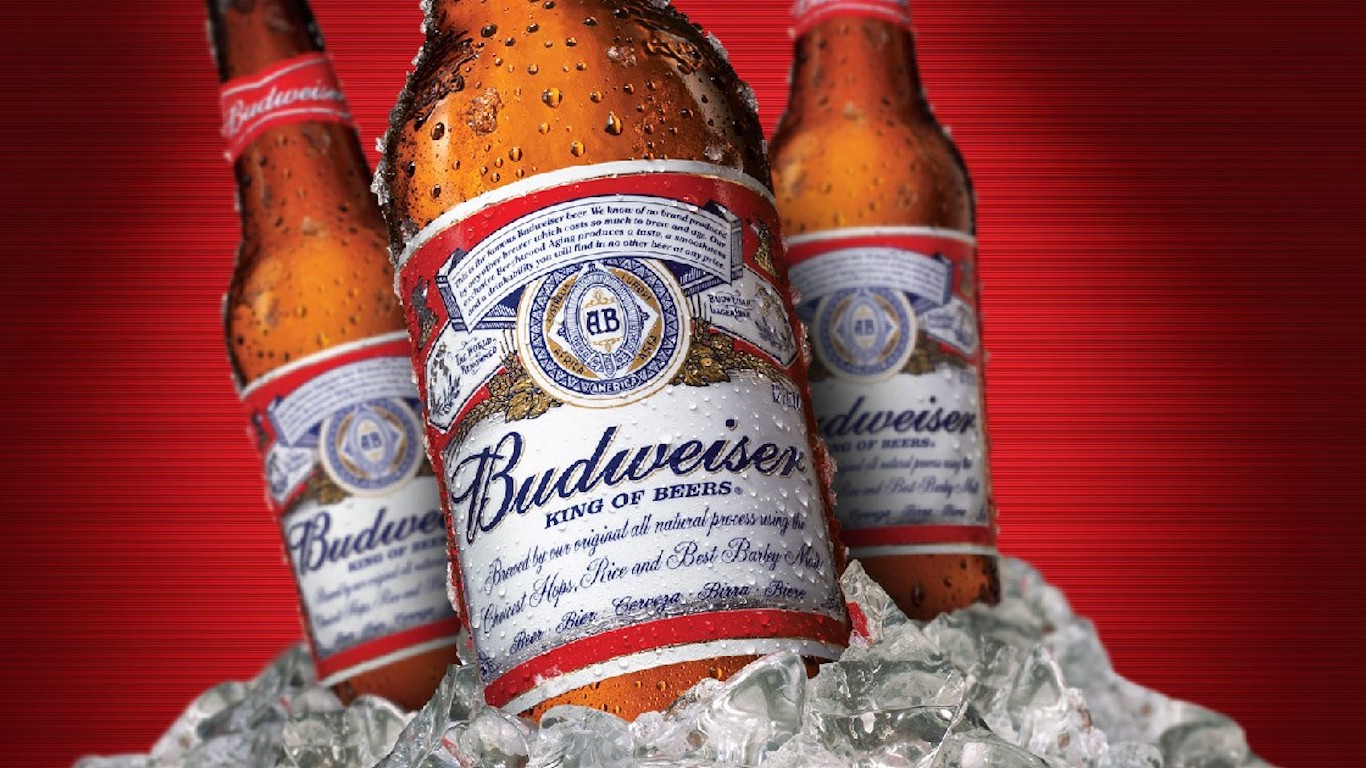
5. Budweiser
> Sales change (2011-2016): -22.2%
> Barrels shipped in 2016: 13.2 million
> Owner: Anheuser-Busch InBev SA/NV
Known as “The King of Beers,” Budweiser is the best selling non-light beer in the United States. However, the iconic American brand’s best days may be in the past. As craft brews and imports continue to gain favor among American beer lovers, Budweiser sales are hurting. In the last five years, domestic shipments of Bud fell 22.2% from 17.0 million barrels in 2011 to 13.2 million in 2016.
Still, Anheuser-Busch has remained a strong performer on Wall Street. Over the same five years, even as domestic Budweiser sales fell by 3.8 million barrels, the company’s share price climbed from $55 to over $100 per share — out performing both the Dow and S&P 500 indices.
[in-text-ad]
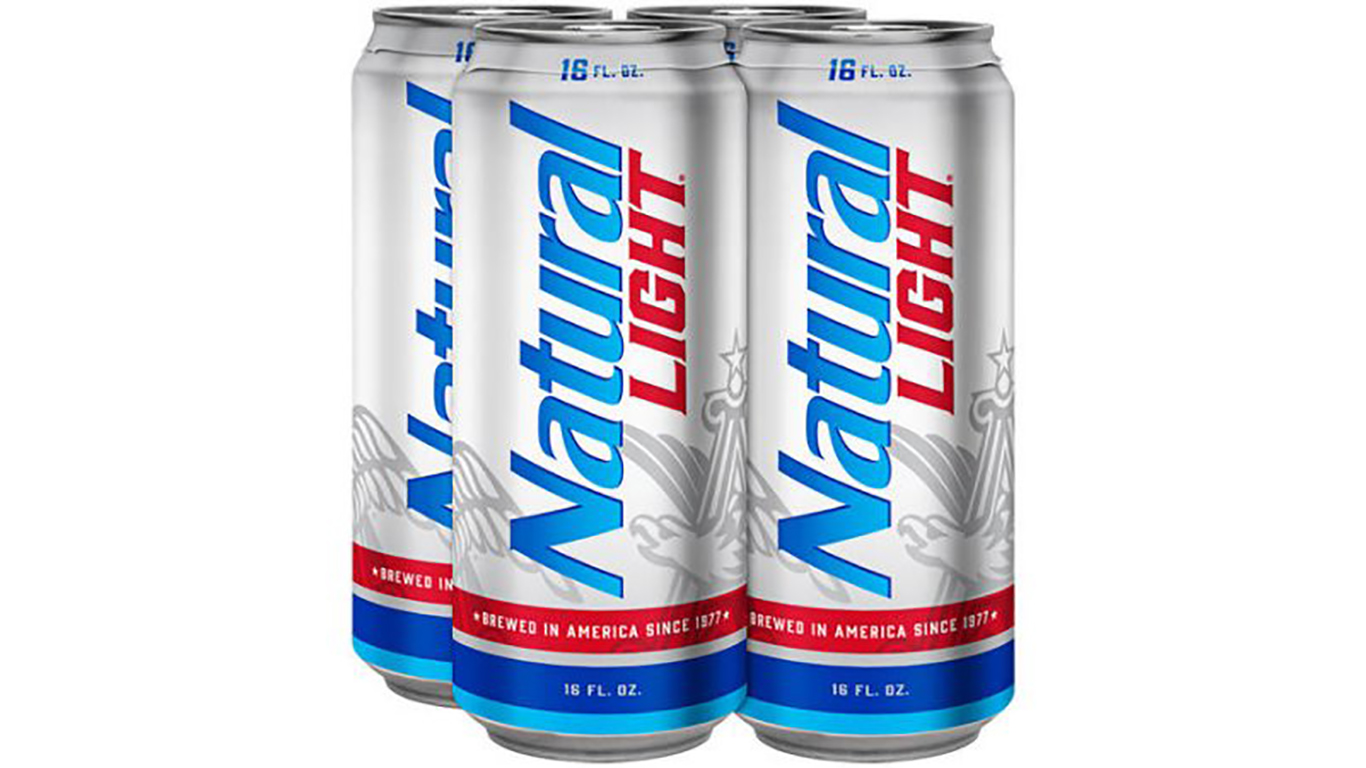
4. Natural Light
> Sales change (2011-2016): -23.0%
> Barrels shipped in 2016: 6.6 million
> Owner: Anheuser-Busch InBev SA/NV
Natural Light was introduced as a low cost sub-premium brand by Anheuser-Busch in 1977. Light beers are characterized by fewer calories and lower ABV than traditional brews, and they appear to be losing favor with American beer drinkers as half of the 10 beers on this list are light. Natural Light shipments fell 23% from 8.6 million barrels in 2011 to 6.6 million in 2016.
Despite the decline, Natural Light remains relatively popular, ranking as the sixth best selling beer in 2016 and the fourth best selling light beer.
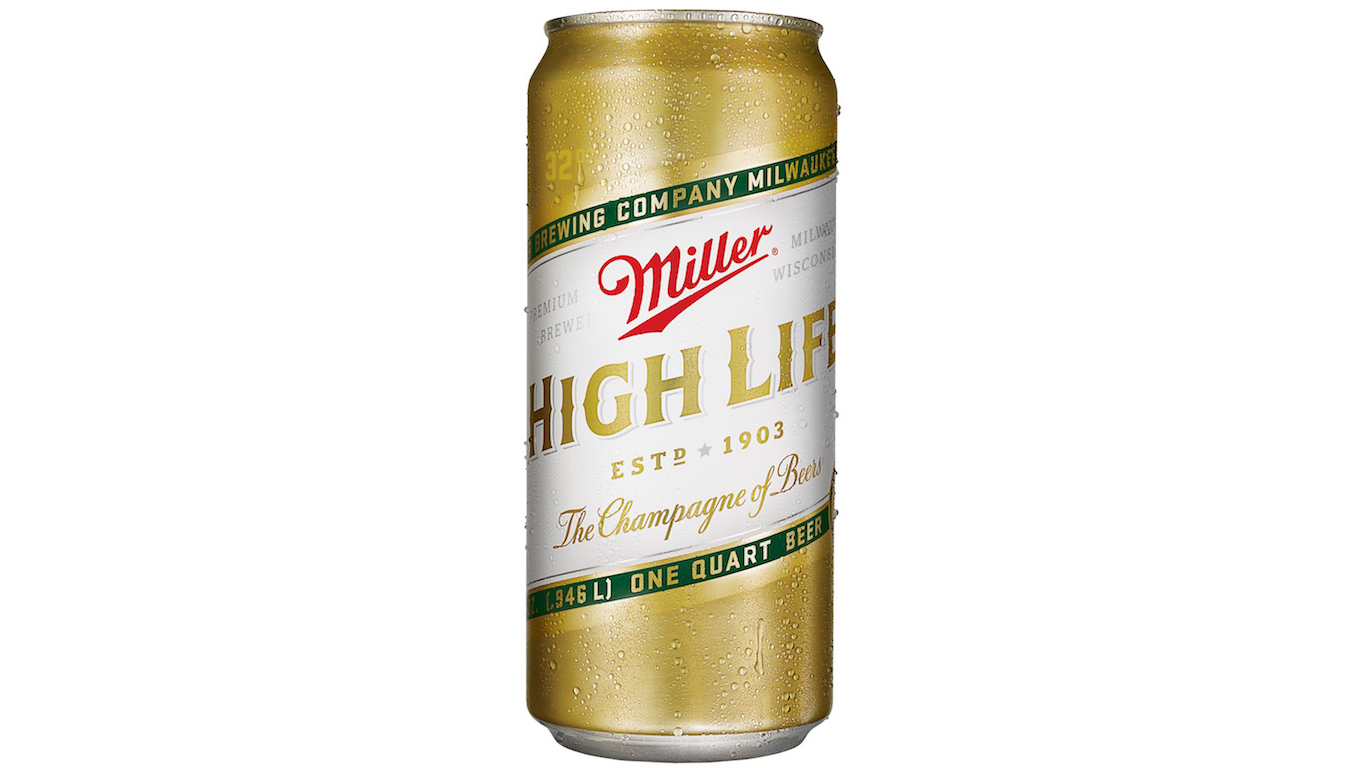
3. Miller High Life
> Sales change (2011-2016): -24.1%
> Barrels shipped in 2016: 3.6 million
> Owner: Molson Coors Brewing Company
Though it is known as the Champagne of Beers, Miller High Life sales are no reason to celebrate. Domestic High Life sales are down from 4.7 million barrels in 2011 to 3.6 million in 2016. The 24.1% five-year decline is the third worst of any major beer brand in the United States over that period.
Miller High Life’s parent company entered into a three-year ad agreement with FX Networks in 2014. The deal grants the company exclusive beer advertising rights on media networks FX, FXX, and FXM. Whether or not the campaign can turn Miller High Life sales around remains to be seen.
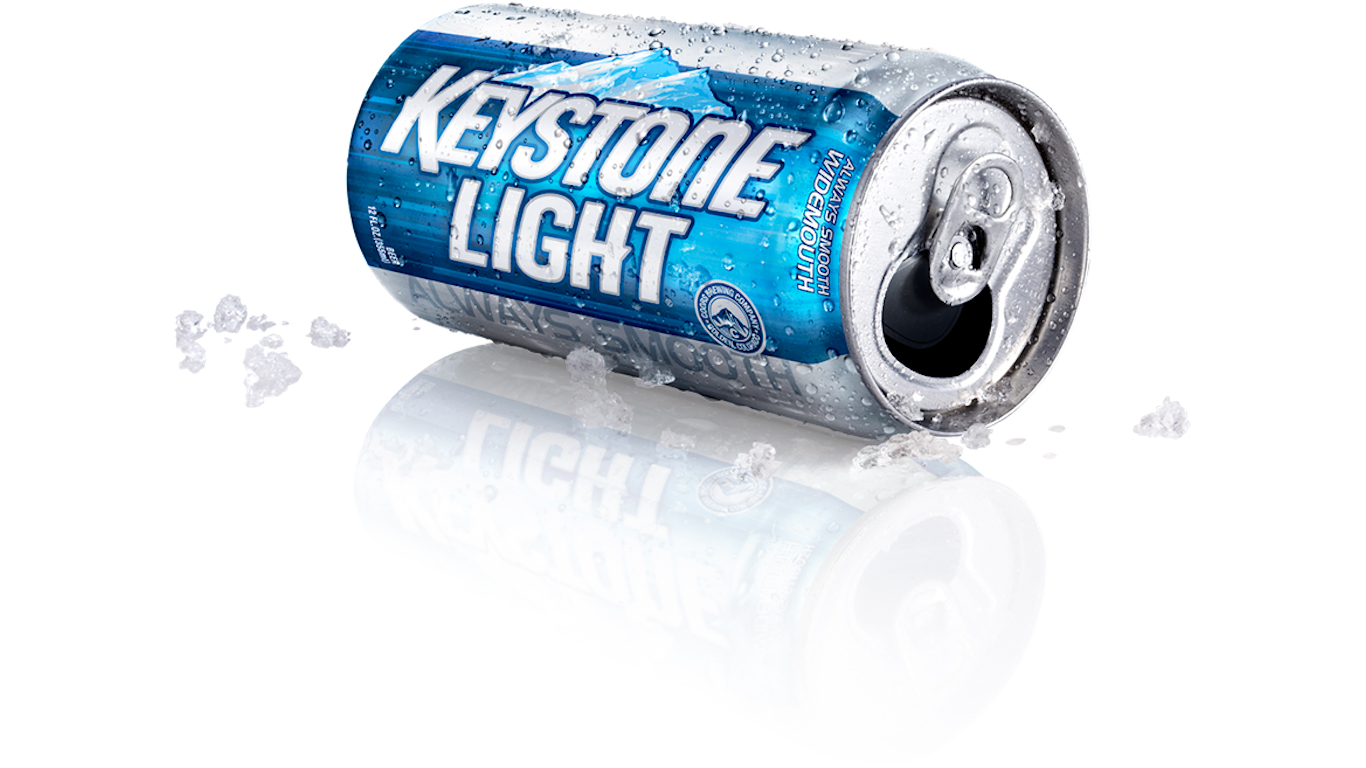
2. Keystone Light
> Sales change (2011-2016): -26.2%
> Barrels shipped in 2016: 3.3 million
> Owner: Molson Coors Brewing Company
Keystone Light is Molson Coors Brewing Company’s sub-premium beer brand. It is one of four low-price point beers and one of five light beers to rank among the brands reporting the steepest five-year popularity declines. Annual domestic shipments of Keystone Light are down 26.2% since 2011, from 4.5 million barrels to 3.3 million.
Sales of Keystone Light may turn around soon, however. Earlier this year, Molson Coors redesigned the Keystone brand’s logo and packaging, introduced a 15-pack, and promoted the brand through a wave of digital and radio ads. Early data reflects a slight uptick in sales of Keystone Light.
[in-text-ad-2]
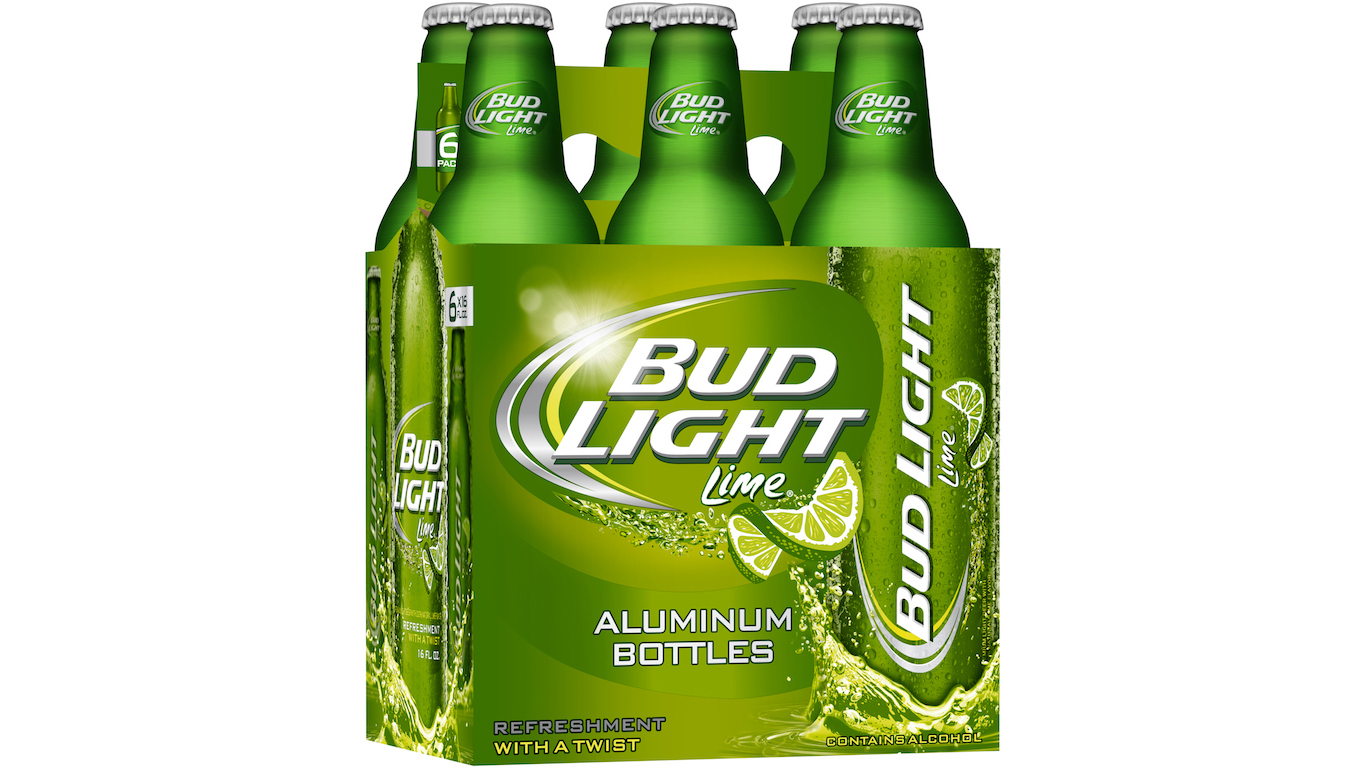
1. Bud Light Lime
> Sales change (2011-2016): -35.5%
> Barrels shipped in 2016: 1.0 million
> Owner: Anheuser-Busch InBev SA/NV
Bud Light Lime has seen better days. Hugely popular upon its 2008 introduction, Bud Light Lime was Anheuser-Busch’s apparent attempt to combat falling sales as more Americans turned to craft beers and cocktails. The company introduced Americans to the new lime flavored light beer with a $35 million multimedia ad campaign. Starting off strong, demand for Bud Light Lime has declined steadily in the years since. Anheuser Busch shipped 1.6 million barrels domestically in 2011, down from 1.8 million in 2010. In 2016, the company shipped only 1.0 million barrels of Bud Light Lime, a 35.5% decline from five years earlier. In addition to reporting the steepest five-year sales decline, Bud Light Lime also has the dubious distinction of having the lowest annual sales volume among beers on this list.
Detailed Findings & Methodology
Declining year-over-year demand for a beer brand does not necessarily mean a beer is unpopular. In fact, many of the beers on this list are among the most popular in the United States, despite recent precipitous shipment declines.
For example, Bud Light, Budweiser, and Miller Lite are three of the four best selling beers in the U.S. However, between them, shipments have declined anywhere from 12.6% to 22.2% from 2011 to 2016.
In an interview with 24/7 Wall St., Eric Shepherd, executive editor for industry advocacy group Beer Marketer’s Insights, explained that advertising may partially explain waning demand for some of the industry’s most iconic brands.
“Beer advertising is not as strong as it used to be, and that has contributed to the softness in the industry,” Shepherd said. To be sure, Anheuser Busch’s ad spending on its Budweiser brand had declined by 8.9% from 2014 to 2015.
Advertising channels are also changing. As advertising shifts to digital mediums, consumers are becoming harder to reach. “The breweries are still figuring it out, particularly the big breweries,” Shepherd said.
Other patterns among the beers losing popularity fastest are more self-evident. For example, half of the beers on this list are light beers — characterized by fewer calories and a lower ABV than more traditional beers.
Low cost sub-premium beers as well as ice beers are also heavily represented on this list. Such beers include Keystone Light, Natural Ice, and Icehouse. Relatively inexpensive, mass-produced beers are declining as the number of microbreweries in the United States is skyrocketing. There were only 843 microbreweries in the U.S. in 2011. As of 2016, there were 3,132 — a 272% increase.
To identify the beers Americans no longer drink, 24/7 Wall St. reviewed shipment volumes provided by Beer Marketer’s Insights for all brands with more than 1 million barrels shipped in either 2011 or 2016. The beer brands on this list are the 10 with the steepest five year shipment declines. The analysis excludes beer sold outside of the United States. Data on advertising expenditures came from Adage.com, a global media brand that delivers insights, analysis, news, and data on marketing and media.
100 Million Americans Are Missing This Crucial Retirement Tool
The thought of burdening your family with a financial disaster is most Americans’ nightmare. However, recent studies show that over 100 million Americans still don’t have proper life insurance in the event they pass away.
Life insurance can bring peace of mind – ensuring your loved ones are safeguarded against unforeseen expenses and debts. With premiums often lower than expected and a variety of plans tailored to different life stages and health conditions, securing a policy is more accessible than ever.
A quick, no-obligation quote can provide valuable insight into what’s available and what might best suit your family’s needs. Life insurance is a simple step you can take today to help secure peace of mind for your loved ones tomorrow.
Click here to learn how to get a quote in just a few minutes.
Thank you for reading! Have some feedback for us?
Contact the 24/7 Wall St. editorial team.
 24/7 Wall St.
24/7 Wall St.


